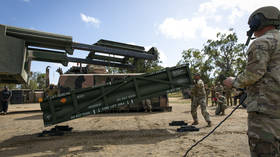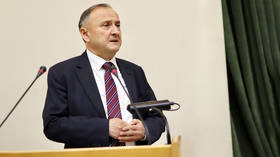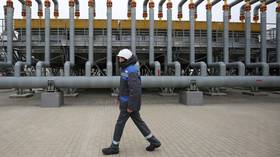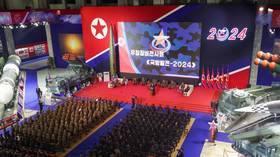US nuclear plants vulnerable to 9/11-style terrorist attacks - report
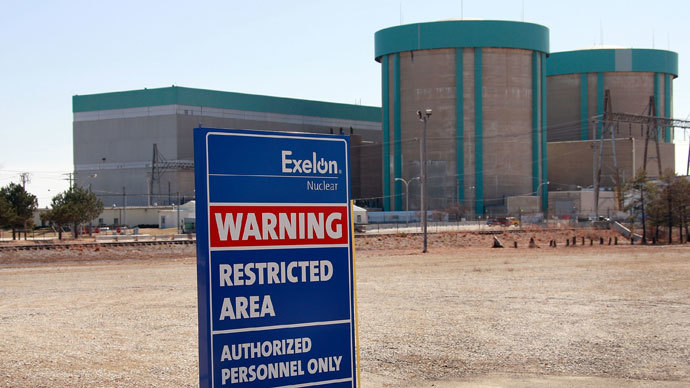
The more than 100 nuclear reactors across the United States are inadequately prepared to repulse terrorist attacks, a new report warns.
The US Nuclear Regulatory Commission, or NRC, presently requires
that energy plants are capable of preventing attacks carried out
by five or six people, according to the report, entitled
“Protecting US Nuclear Facilities from Terrorist Attack.”
The report, prepared by the Nuclear Proliferation
Prevention Project at the University of Texas, focuses on the
terrorist attacks of 2001, and warns the NRC to prepare for
something much bigger down the road.
The combined public and private security provided at the US’s 104
commercial nuclear reactors and three research reactors “is
inadequate to defend against a maximum, credible, non-state
adversary,” the researchers said, adding that private-sector
nuclear facilities remain “less protected than government
facilities that face similar risks of theft of fissile material
or radiological sabotage, which makes no sense.”
There also remains the risk of attacks from “high-powered
sniper rifles and rocket-propelled grenades,” the researchers
said.
The report also draws particular attention to security at three
research reactors, including one in Maryland that is situated 24
miles from the White House. These facilities are powered by
highly-enriched uranium, which could be used to make nuclear
weapons if the supplies fell into the hands of terrorists.
The US government has made some progress since September 11,
2001, when nuclear plants only had to protect against attacks by
three people, according to Alan Kuperman, the project coordinator
and a co-author of the report.
"That is a good sign of progress, but that does not address
the concern we have about nuclear reactors," Kuperman said.
Since 2001, the US nuclear industry has spent over $2 billion on
enhanced security, the report said, adding “it is difficult to
know if those enhancements have been adequate.”

A spokesman for the nuclear energy sector's trade agency, the
Nuclear Energy Institute, told Reuters that security at US
nuclear facilities had improved markedly since 9/11, with a total
of 9,000 armed officers guarding them.
But according to the report’s authors, even that seemingly robust
number of officers would not be enough to fight off a
well-coordinated terrorist attack.
Prior to the revisions following the 9/11 attacks, “the
numbers (of anticipated terrorists attacking a nuclear site) were
kept relatively low because intelligence agencies generally
assumed that they themselves were capable of detecting
conspiracies of more than a few members.”
That assumption, the report says, was proven wrong by the events
of 9/11 when 19 hijackers, using commercial jets as weapons of
mass destruction, successfully staged terrorist attacks on New
York City and Washington, DC.
The NRC slammed the report, which was requested by the Pentagon,
as a "rehash of arguments from a decade ago," when the
country was on high alert following the deadliest attacks on
American soil.
"The report contains no new information or insight," David
McIntyre, an NRC spokesman, told Reuters. He said the nuclear
watchdog had bolstered security requirements for commercial
nuclear power plants and was confident that these were adequately
protected.
The question now is how the US government, which has been forced
to trim back on federal programs in the aftermath of the economic
crisis, will be able to foot the bill for more security at
America’s nuclear energy plants.


